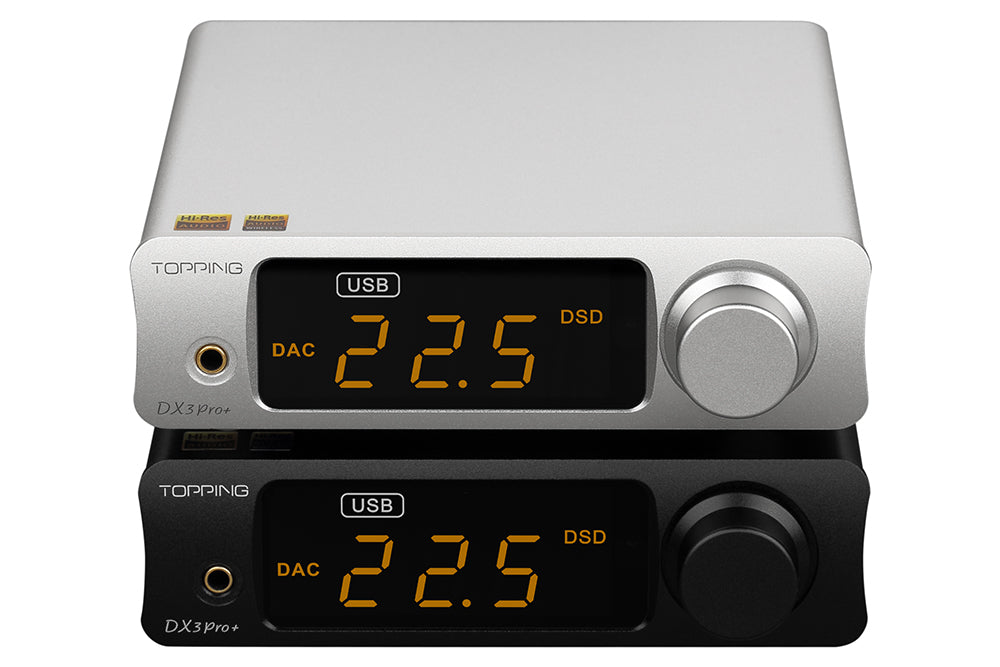I ran into a very troubling issue with my A30 yesterday:
I received a brand new A30 and connected it to my laptop via USB.
I decided to play Spotify on my laptop through connected headphones, to 'break them in' (at 30 volume) and walked away from my computer into living room. After about 20-30 mins, I could hear a very high pitch whine - I couldn't figure out what it was, thought it was my washing machine cycle filling up with water (it makes a similar sound when you can hear it from the living room).
After a while I got up as the sound was continuing. Walked into my study where my laptop is and lo and behold, my headphones were blasting this terrible white/brown noise (and at 30 volume)! I immediately switched output to speaker and the same noise was being output through my speakers. I quickly closed Spotify wondering what the hell that noise was! Surely I thought it would have damaged my headphones - it was that loud and that bad.
I went straight to Youtube (on the laptop, with headphones still connected to A3o) to test of the issue was the source - and the terrible sound continued even on Youtube.
Next I cycled through the different inputs (Optical, BT, AUX etc) until I got back to USB. played music again and now it was perfectly fine and back to normal.
Has anyone experienced this? This is EXTREMELY shocking to me. If I had those headphones on my ears, I no doubt would have busted my eardrums - the sound was that intense and piercing that I could hear it 30ft away in my living room. I messaged Loxjie on AliExp and he said this:
"Hello, we have received your feedback that white noise may be caused by:
1. It may be a device compatibility problem, just restart
2. Because the bit rate of the played song is too high, it exceeds the decoding capacity of A30. Don't play songs over 384khz."
But the thing is, I was playing through Spotify with audio quality set to 'Very High", which I understand is only 320kbps. Or am I not understanding correctly? How many khz does 320kbps convert to? Sorry for the dumb questions. Just very annoyed at what just happened.
@kniff @ctakim I read through this thread and noticed you both had somewhat similar issues. Did you ever figure out the problem?

